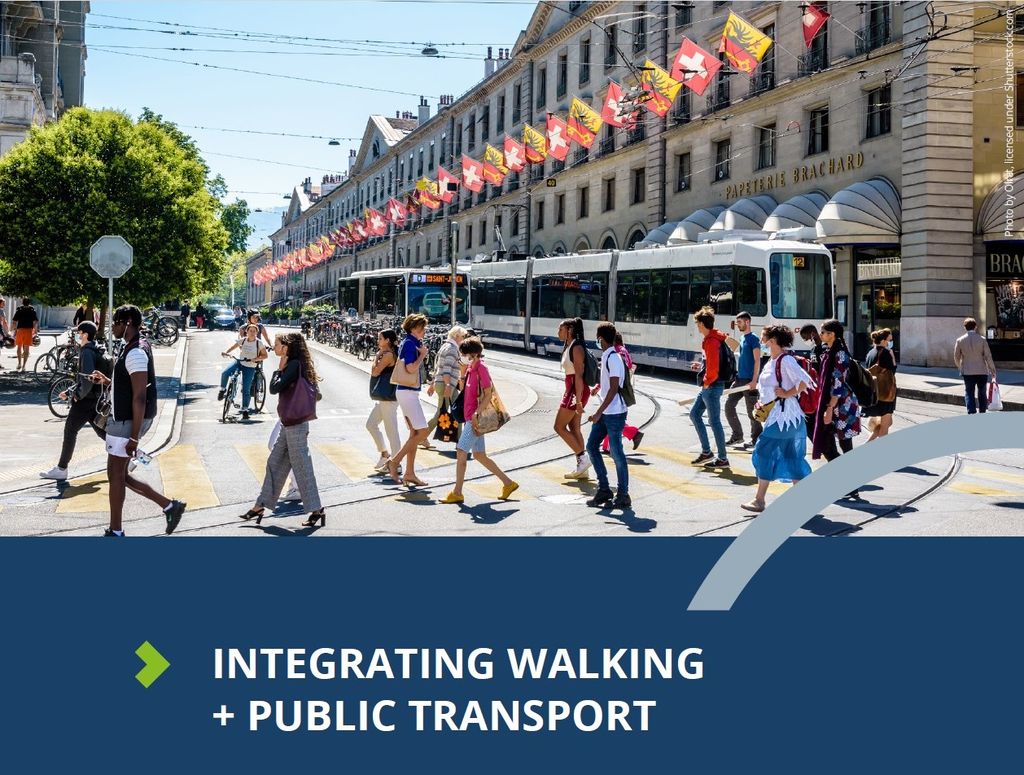
How to improve public transport demand management: Lessons from COVID-19
COVID-19 showed us that we can significantly improve the quality of our urban environments
Without minimising the devastating consequences of the pandemic on individuals and society, the strict restrictions and severe lockdowns did show us that it is possible to improve the quality of our urban environments.
The sounds of car traffic were replaced with the chirping of birds and the bells of bikes as the numbers of cyclists shot up. Pedestrians had priority in streets and adequate spacing was created for them. Public transport users could step on a tram without pressing themselves into their neighbour’s armpit or tripping over someone’s toes.
COVID-19 has proven to be a game changer and a breaker of habits for mobility. New trends and expectations emerged: distancing, comfort, sanitary spaces. People kept up their walking and cycling.
But it wasn’t such a smooth ride…
However, the crisis has generated negative impressions of public transport and shared services: the level of ridership in public transport is still lower today than in pre-pandemic times. An increasing number of people have turned to private, individual cars. Not only that but hybrid working has become a permanent feature of the ‘post-COVID’ horizon. E-commerce and deliveries have boomed, with customers expecting orders in shorter timeframes. All of this has forced our cities to re-evaluate mobility planning as part of their wider urban planning strategies and subsequent policy regulations.
At UITP, we have been asking ourselves: will the pre-COVID lifestyles remain or will these new travel habits persist? How can we maintain the positive changes while limiting undesirable trends? And mitigate their externalities without hampering the ability of citizens and society to move around freely? What policy tools will reinforce public transport as the backbone of urban mobility?
That’s where Demand Management steps in
Demand management can be a major strategy and policy tool. Public transport authorities, operators and even non-transport stakeholders can solve mobility challenges by influencing demand for mobility.
Influencing demand starts with measures to manage traffic, movements, trips and requires the use of regulation, financial incentives and taxes. It improves the operating system’s efficiency and resiliency all while reducing traffic congestion. It also relies on communicating to users on the alternative mobility options that are available.
In doing so, users’ travel expectations are more likely to be met and it widens the potential to reach destinations as various travel options are provided. Plus, education and promoting sustainable, healthy lifestyles helps to sustain these travel habits.
Yet, Demand Management covers a wider spectrum. Mobility is a derived demand and therefore two further aspects should also be considered: Policies that influence our way of life e.g work, personal activities and policies for land-use and transport planning. This is why non-transport stakeholders must be involved.

According to the International Transport Forum’s Transport Outlook 2021 Report, strong Demand Management policies would contribute to a 22% reduction in urban passenger transport emissions by 2050 compared with where we would be under the current policy trajectory.
With this in mind, UITP’s Organising Authorities Committee, compiled their expertise and lessons learnt for managing demand and developing comfortable, efficient public transport networks. Their work has outlined five key policy recommendations for demand management and measures to implement in our latest Policy Brief ‘Managing the demand for mobility: A transformational policy instrument’. From ensuring user-centricity to strong governance and influencing commuter behaviour, Demand Management has proven to be a win-win solution.
When well defined, demand management can offer benefits to users, transport authorities, operators and society as a whole. The fundamental nature of demand management is transformational, and will support a transition in our mobility.
Nudges in Singapore

Various initiatives to nudge commuters towards off-peak travel have been tested in Singapore. LTA, Singapore’s transport authority, embarked on a Travel Demand Initiative to tackle crowding by shifting users’ travel habits either towards off-peak hours or adopting alternative means of transport, like cycling.
Measures have included:
- Monetary incentives for commuters.
- Provision of grants to assist organisations in implementing flexitravel arrangements. Examples include funding to install facilities (e.g. shower facilities) or organising programmes and events (e.g. breakfast or yoga lessons) to encourage employees to shift their usual commuting time. Since COVID, the public sector has been the front-runner for flexiwork arrangements and even encouraging the private sector to follow.
- Real-time travel information such as the level of crowdedness in stations and vehicles.
- Travel demand measures are continuously being reviewed to optimise outcomes due to changing travel patterns.
If you are interested to hear more about demand management or how LTA is developing sustainable urban mobility alongside other experts around the world, join us at the LTA-UITP Singapore International Transport Congress and Exhibition (SITCE) on 2-4 November!

our members








